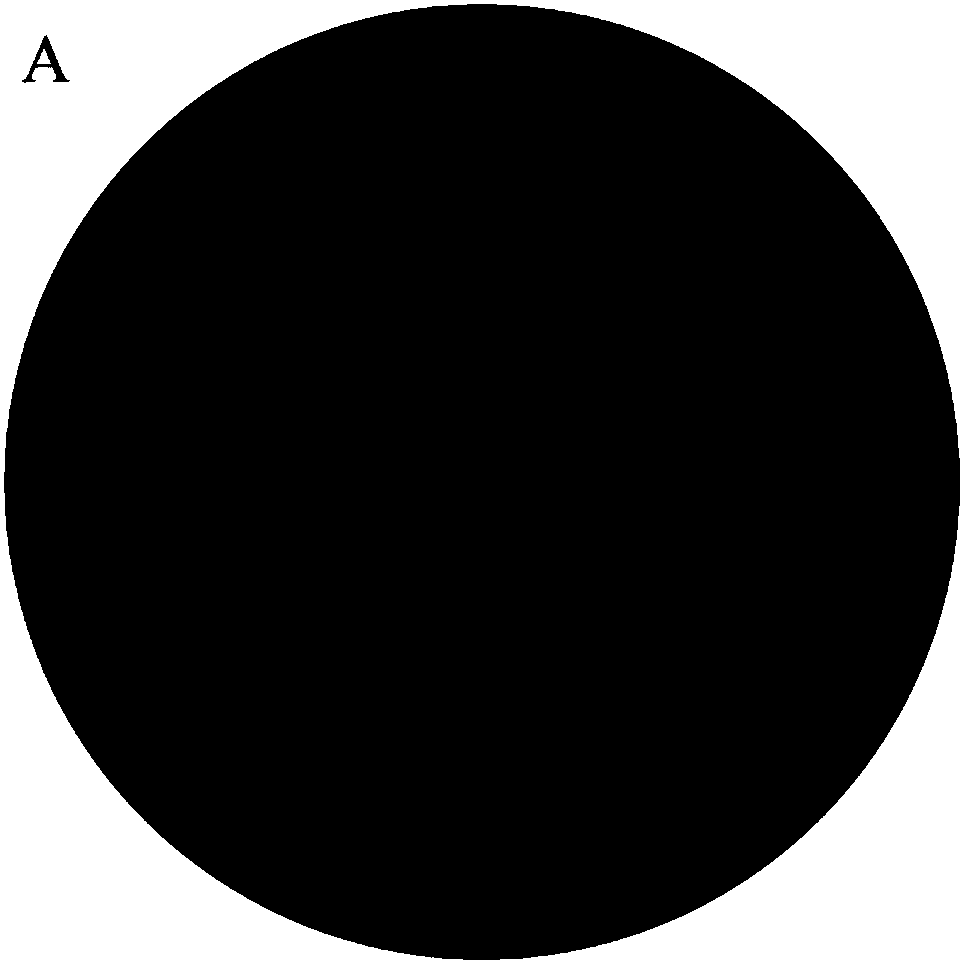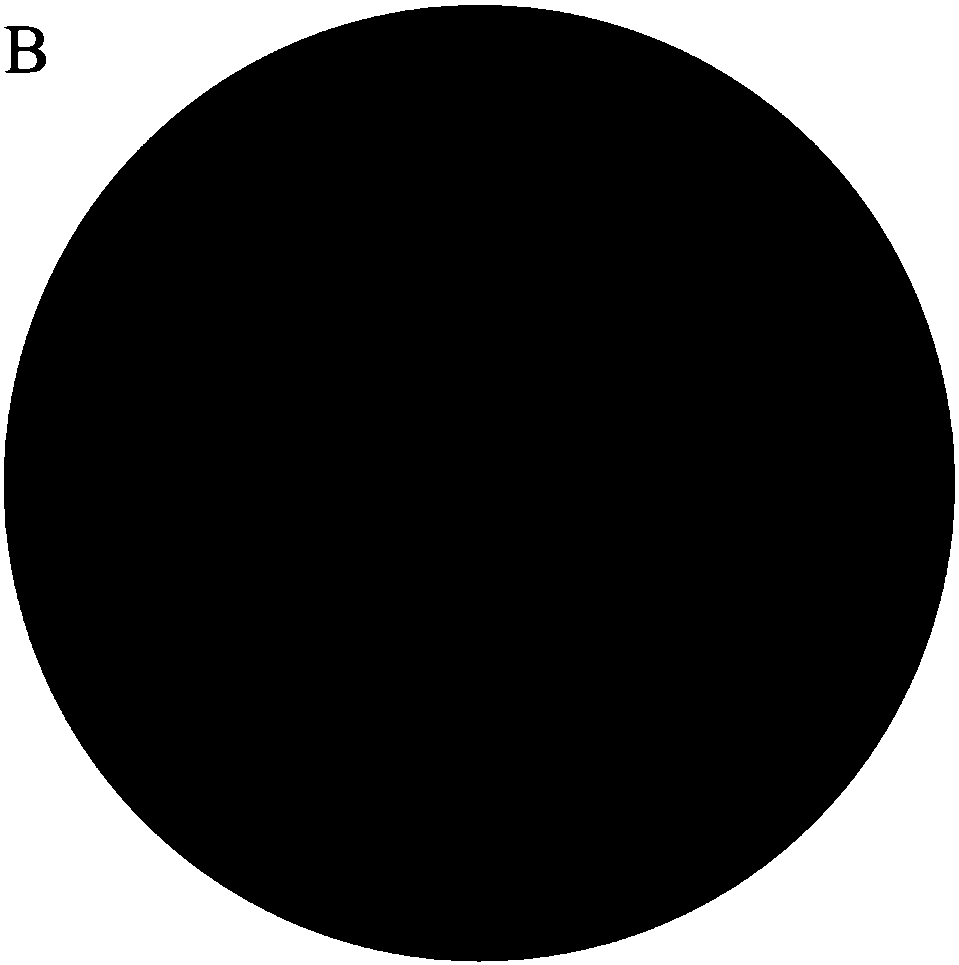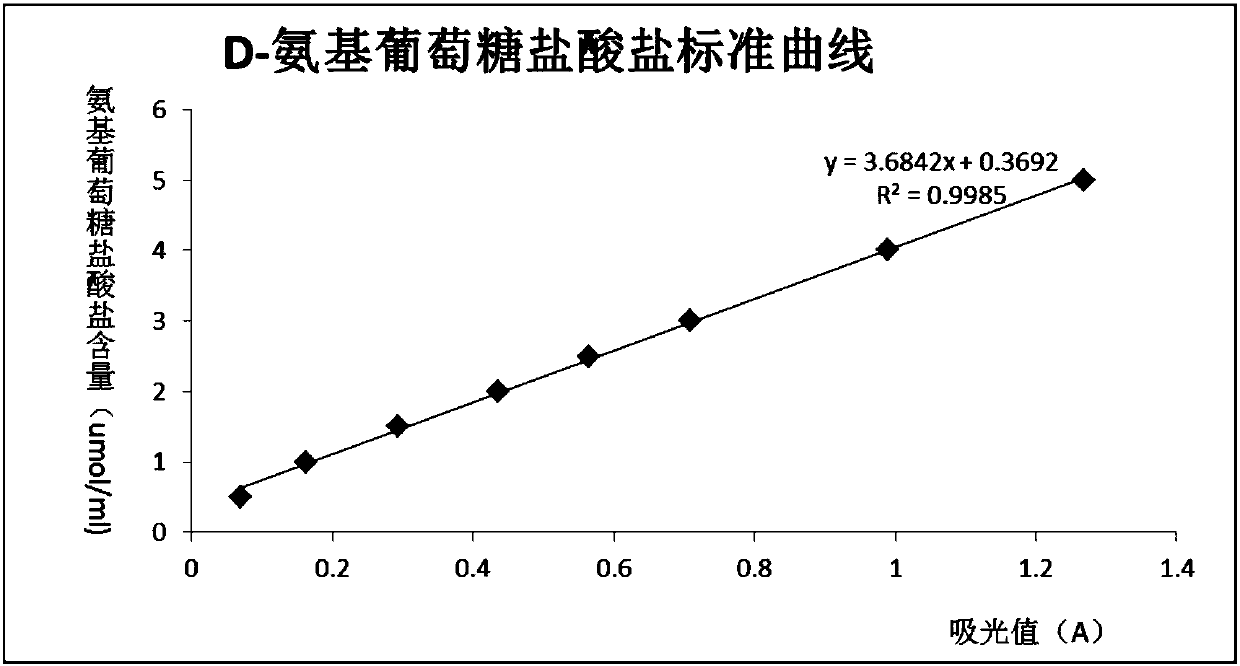Bacillus subtilis for producing chitosanase and application thereof
A technology of Bacillus subtilis and chitosanase, applied in the direction of glycosylase, enzyme, bacteria, etc., can solve the problems of high optimum temperature, limited application range, high energy consumption, etc., achieve good enzyme activity and save production The effect of high cost and high output
- Summary
- Abstract
- Description
- Claims
- Application Information
AI Technical Summary
Problems solved by technology
Method used
Image
Examples
Embodiment 1
[0034] Embodiment 1: the screening of producing chitosanase bacterial strain
[0035] 1. Material preparation:
[0036] (1) Soil samples: Soil samples were collected from the asparagus growing area in Mianyang.
[0037] (2) Medium:
[0038] 1) Chitosanase screening medium (g / L): colloidal chitosan 2.0, K 2 HPO 4 0.7, KH 2 PO 4 0.3, (NH 4 ) 2 SO 4 5, MgSO 4 ﹒ 7H 2 O 0.5, FeSO 4 ﹒ 7H 2 0 0.01, agar 12.0, pH=7.0;
[0039] 2) Broth medium (g / L): peptone 10.0, beef extract 3.0, NaCl 5.0, pH=7.0.
[0040] 3) Chitosanase induction medium (g / L): colloidal chitosan 5.0, K 2 HPO 4 0.7, KH 2 PO 4 0.3, (NH 4 ) 2 SO 4 1.0, MgSO 4 ﹒ 7H 2 O 0.5, FeSO 4 ﹒ 7H 2 0 0.01, pH=7.0;
[0041] 4) LB medium (g / L): peptone 10.0, yeast extract 5.0, NaCl 10.0.
[0042] (3) Reagents:
[0043] 1) Colloidal chitosan: Weigh 10 g of high-polymer fine powder chitosan, add appropriate amount of concentrated hydrochloric acid, and stir on a magnetic stirrer for 4-6 hours to full...
Embodiment 2
[0069] Embodiment 2: bacterial strain identification
[0070] 1. 16SrDNA sequencing identification
[0071] Extract the genomic DNA of the strain to be tested, and then clone the 16SrDNA from the genomic DNA with the universal primers of bacterial 16SrDNA.
[0072] The general primers are:
[0073] 27F: AGA GTT TGA TCC TGG CTC AG;
[0074] 1492R:TAC GGT TAC CTT GTT ACG ACT T.
[0075] The PCR results were sent to Sangon Biotechnology Co., Ltd. for sequencing, and the sequencing results were compared with BLAST on the Gene Bank website (http: / / www.nicbi.nlm.nih.gov / ), and the gene sequences of the standard strains were found and downloaded. The sequencing results are shown as SEQ ID Shown in NO 1. Use MEGA7.0 to calculate the genetic distance between different strains, and draw the phylogenetic tree of bacteria, such as Figure 4 shown.
[0076] Comparing the 16SrDNA of the tested strain with the Bacillus type strain, the genetic distances with Bacillus subtilis (Bacillus...
Embodiment 3
[0088] Embodiment 3: construct recombinant chitosanase CsnMY002
[0089] 1. Recombinant expression and purification of chitosanase
[0090] (1) Cloning and sequencing of chitosanase gene
[0091] Through the multiple sequence alignment of the known Bacillus subtilis chitosanase gene in Genebank (https: / / www.ncbi.nlm.nih.gov / genbank / ), the primers were designed as follows:
[0092] F:5'-CGC GGA TCC ATG AAA ATC AGT ATG CAA AAA GC-3';
[0093] R: 5'-A CGC GTC GAC TTA TTT GAT TAC AAA ATT ACC G-3'.
[0094] The entire genome of the strain was extracted using a bacterial whole genome DNA extraction kit, and polymerase chain reaction (PCR) was carried out using this as a template, and the chitosanase gene (CsnMY002) of the strain was successfully cloned, and its gene nucleoside The acid sequence is shown in SEQ ID NO 4, and the protein amino acid sequence is shown in SEQ ID NO 5.
[0095] Sequencing results showed that the full-length chitosanase gene of Bacillus subtilis MY002 w...
PUM
 Login to View More
Login to View More Abstract
Description
Claims
Application Information
 Login to View More
Login to View More - R&D
- Intellectual Property
- Life Sciences
- Materials
- Tech Scout
- Unparalleled Data Quality
- Higher Quality Content
- 60% Fewer Hallucinations
Browse by: Latest US Patents, China's latest patents, Technical Efficacy Thesaurus, Application Domain, Technology Topic, Popular Technical Reports.
© 2025 PatSnap. All rights reserved.Legal|Privacy policy|Modern Slavery Act Transparency Statement|Sitemap|About US| Contact US: help@patsnap.com



